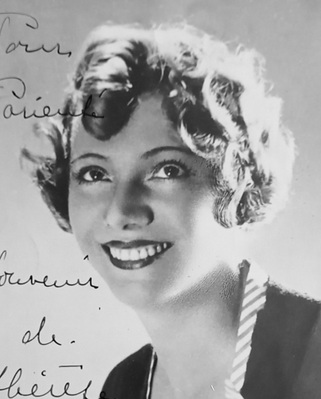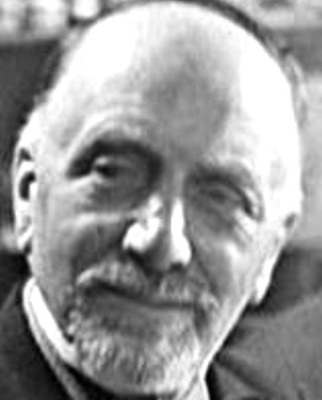Synopsis
Franz Schubert retired from Vienna in country for musical writing. He draws his inspiration from a romance with the watermiller's daughter.
Credits
Director (1)
Actors (20)
Production and distribution (3)
- Executive Producer : La Belle Meunière
- Film exports/foreign sales : mk2 films
- French distribution : Gaumont
Full credits (10)
- Screenwriter : Marcel Pagnol
- Director of Photography : Willy Faktorovitch
- Music Composer : Tony Aubin
- Assistant Director : Raymond Lamy
- Editor : Jeanne Rongier
- Sound Recordist : Marcel Royné
- Camera Operator : Roger Ledru
- Production Manager : Joseph Martinetti
- Production Designer : Robert Giordani
- Still Photographer : Léo Mirkine
Watch this movie
Watch La Belle Meunière in VOD
| Platforms | Model | Price | Quality |
|---|
Sorry, your search returned no results.
| Platforms | Model | Price | Quality |
|---|
Sorry, your search returned no results.
| Platforms | Model | Price | Quality |
|---|
Sorry, your search returned no results.
| Platforms | Model | Price | Quality |
|---|
Sorry, your search returned no results.
Technical details
- Type : Feature film
- Genres : Fiction
- Production language : French
- Production country : France
- Original French-language productions : Unspecified
- Production year : 1948
- French release : 24/11/1948
- Runtime : 1 h 39 min
- Current status : Released
- Visa number : 6769
- Visa issue date : 22/11/1948
- Approval : Yes
- Production formats : 35mm
- Color type : Color
- Aspect ratio : 1.37
- Audio format : Mono
News & awards
Selections (1)
About
This little-known Marcel Pagnol production stars his wife Jacqueline as a miller's daughter. The film concerns her romance with the rich and powerful Schubert, played by Tino Rossi. However, the storyline of La Belle Meuniere is not as fascinating as the film's technical history. It was lensed in an experimental process called Rouxcolor, wherein four black-and-white images were projected on the screen simultaneously through special tinted lenses, thereby giving the illusion of color and depth. Pagnol had intended to make film in the usual "flat" black-and-white process, but when he became intrigued with Rouxcolor he scrapped his completed footage and started all over. Unfortunately, Rouxicolor proved too cumbersome for widespread distribution.
Source : allmovie.com



















































